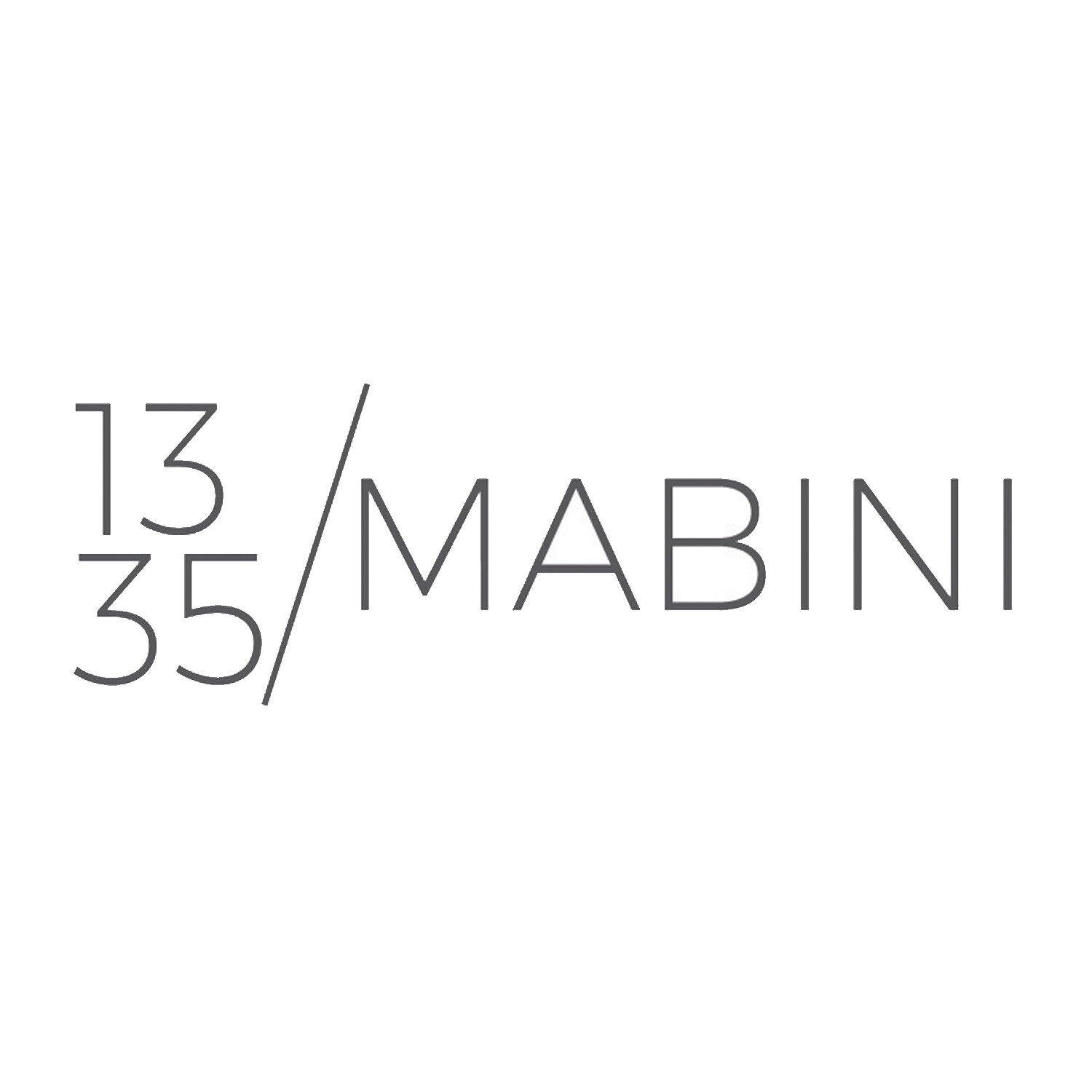Urban Stasis
OPENING:
Saturday, July 2, 2016, 6 pm
EXHIBITION DATA:
July 2 to July 29, 2016
1335MABINI proudly presents Jose Luis Singson in a solo exhibition titled “Urban Stasis” from July 2 to 29, 2016.
Jose Luis Singson’s current work emphasizes a connection between documentation and translation based on how existing structures within a space convey a sense of history and temporal boundaries. The artist samples public playgrounds in Metro Manila that have been neglected or abandoned, replicating an aspect of their physical property and capturing the immediate surroundings through visual presentation.
Navigating selected areas of the metropolis to observe specific derelict places, Singson re-contextualizes an existing object to conjure an “intermediate moment” in which past, present, and future collapse. A life-sized functional playground is placed on the main floor of the gallery space, yet enclosed in acrylic glass that makes it impossible for the viewer to tangibly access the objects. In this manner, the artist ascribes to it an element of contradiction, also bringing about a strong affective quality in the perception of the work.
According to Singson, the installation visualizes the apprehension of the passage of time as we speak. Tension is felt as one enters the exhibition space, as the playground, still existing as a utilitarian object, cannot be used nor touched. This idea of presence v. absence supports how one looks at a relic, wherein one is subjected to a thing that has already outdated itself on the basis of its relevance in present time. If indeed it is a “relic-in-the-making”, one is led to inquire: what can be the purpose of the object, and what is the motivation of the author?
As the viewer is faced with an acute notion of an illogical transformation of a space, he is led to focus on what makes the work “incorrect”. He then realizes that the act of fencing in a fully functional set of objects (a slide, swing, and platform) suggests a reading: that as it is an artistic prerogative rooted in a decision to introduce a feeling of dissonance, it is also an opening to one’s interpretation of the artist’s intention. Hence it may be that after periods of inspection, the work itself may be equated with the idea of the artefact, supplying an effect that may lead to opinions regarding our social reality.
Through installation and a set of drawings (graphite illustrations of circumstances and objects within the vicinity of the studied playgrounds), Singson manages to put forward an observation through sensorial experience. Similar to his past documentation on historical landmarks and structures, this introduction to his cognition of a place emphasizes his manner of displaying a familiar situation and translating it into a perception-based allegorical piece that invites discussion.



